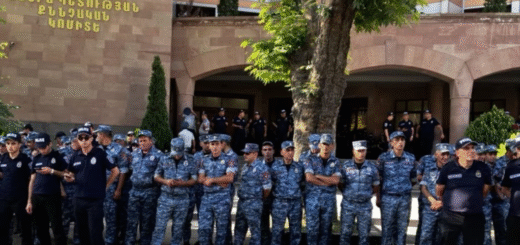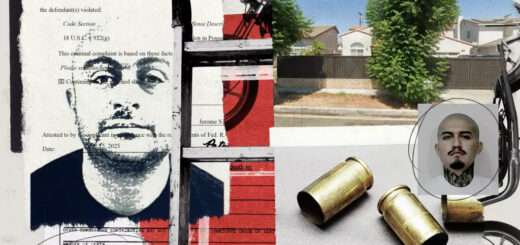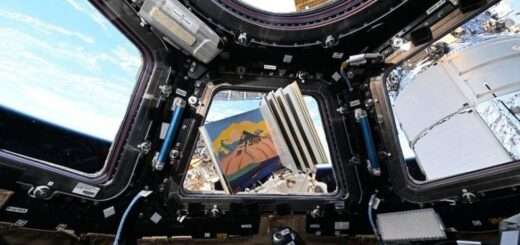Kurdish, Armenian mass grave site in Siirt opened to development

The government-appointed administration of the Siirt Municipality has reopened an area known by its Kurdish name, Newala Qesaba, or “Creek of Butchers,” a site of mass graves, for development.
The site covering about 50 hectares contains the remains of Armenians buried in 1915 and Kurdish militants buried during the 1980s.
The Union of Chambers of Turkish Engineers and Architects (TMMOB/UCTEA) Siirt branch secretary, Fırat Şimşek, strongly criticized the decision. He said the revised zoning plans threaten to erase the collective memory associated with the area.
Following the 2024 local elections, the newly elected municipal council, where the pro-Kurdish Peoples’ Euqality and Democracy (DEM) Party had the majority, had reversed a prior decision made under trustee rule, canceling plans to open the area for construction on Jun 7, 2024.
However, after the municipality was again placed under trustee control in January, that decision was overturned. In a council meeting held in April, zoning plans were amended to allow the construction of buildings up to eight stories high.
‘A site of memory’
On Jun 26, TMMOB’s provincial coordination boards released a statement emphasizing that the area should be preserved, not developed.
Şimşek described the site as a powerful symbol in local memory, saying, “There are songs, poems, and books written about Kasaplar Deresi. It is a place that has left deep marks in the collective memory of the people. You cannot build social peace without confronting the past.”
Noting that a 400-bed state hospital is already under construction in the area, Şimşek said, “Geotechnical reports clearly state that the land contains cavities and fractured clay-limestone layers. Despite this, the Health Ministry chose to intervene in the ground rather than relocate the hospital.
“That intervention has cost around 400 million Turkish lira and involved the installation of 1,169 bored piles. The right decision would have been to move the hospital elsewhere.”
Şimşek further stated that TMMOB has filed a formal objection to the zoning revisions with the Siirt Municipality and has also applied to a court in Diyarbakır to halt the implementation of the project.
“Our objections were rejected, but the legal process continues,” he said. “A trustee has been appointed to the Siirt Municipality, and the current council cannot make any decisions. This effectively nullifies the will of the people.”
What happened in Newala Qesaba?
Newala Qesaba, historically associated with mass killings and enforced disappearances, first drew attention in 1989 when a mass grave was discovered in the area. The site is believed to contain the remains of hundreds of people, including Armenians and Chaldeans killed during the events of 1915, as well as Kurds who were forcibly disappeared or extrajudicially executed during the 1980s and 1990s.
On Apr 22, 1989, excavations using heavy machinery uncovered the remains of eight individuals within a few hours. Despite calls for a scientific investigation involving independent experts, the excavation was halted the same day by order of the Siirt Governor’s Office. No further steps have been taken since, and the identities and causes of death of the eight individuals remain unknown.
Over time, the area was gradually opened to construction. What was once a mass grave site became a dumping ground, then a dual carriageway was built. A wedding hall followed, approved through zoning changes. Eventually, a Police Academy was established in a section believed to contain additional mass graves.
Now, plans are underway to build luxury residences and multi-story buildings in the area, where hundreds of Kurds and Armenians are believed to be buried without proper funerals. A signboard displaying project details has been placed at the entrance to the site. The project, undertaken by a company named War Yapı, includes dozens of villas, eight-story apartment buildings, and a swimming pool. A sales office has also been set up, with the surrounding area enclosed by metal barriers. (EMK/VK)





